Cemetery's 'green eyes' a reflection
If you have a question, e-mail factorfiction@semissourian.com or call Speak Out (334-5111) and identify your call as a question for "Fact or fiction?"
Q: When I was in high school in the late 1970s, some friends took me to the cemetery by the (then) Notre Dame high school so I could see the legendary "green eyes" that glow on a certain headstone at night. I actually did see them, and on more than one occasion. My question is, are the "green eyes" still there? And does anyone know what causes the effect? -- Sheri Robertson, Cape Girardeau
A: Driving by the past couple weeks, I haven't been able to locate "green eyes," although I've seen them before, too. I put your question to Terrell Weaver, who manages the city cemeteries.
"Years ago, I identified what I thought was the stone," said Weaver. "What I determined is that the material of the monument has a certain shape, a certain makeup of the stone in the granite, I don't know how to explain it. But when light shines on it -- moonlight, car light, street light -- it reflects and looks like two eyes. When I have walked towards it at night, however, the eyes disappear because you're looking at it from a different angle. You lose it."
As far as your question and my observation that "green eyes" might not be there anymore, Weaver said: "No stone has been taken out, and there's no stone that would be big enough to obscure it. I'm thinking that maybe the lights are not hitting it right. Don't know. It's not something that you can see at any given time on any given night. Maybe some moss has grown on it. Age could have caused it to be less shiny, too. I might have to walk over there again."
Let's hope Weaver didn't do it last night, and that he is all right. One never knows what can happen on Halloween.
Q: Is it true that the "Check 21" law that went into effect recently is yet another way for banks to acquire thousands of dollars in bounced check fees? Is it also true that inequity in the law exists by the fact that checks written on a consumer account are immediately debited while deposits may take two to five days to be credited?
A: "Check 21" is a new federal law, which went into effect Thursday. The purpose of the law, according to the Federal Reserve, is to make the processing of checks and payments more efficient by enabling the electronic transfer of check images. Previously, checks traveled on trains, planes and automobiles during the clearing process. The new law eliminates the need to physically transport checks between banks, saving banks up to $2 billion a year.
However, you're correct to be concerned that the new law will lead to more bounced checks. According to consumersunion. org, "Consumers will enjoy less 'float,' meaning that the checks they write will clear faster. Under the new law, checks could clear in hours instead of days. But banks won't be under obligation to speed up the processing of checks that consumers deposit into their accounts. That could mean more bounced checks and more overdraft fees."
With this speeded-up situation, both the Federal Reserve and consumer groups emphasize that before you write a check, make sure that your account has enough money in it to cover the check.
Jon K. Rust is publisher of the Southeast Missourian. He can be reached at jrust@semissourian. com or by calling 335-6611.



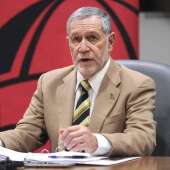
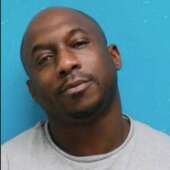
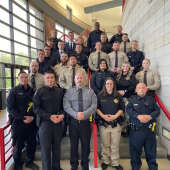
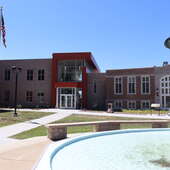

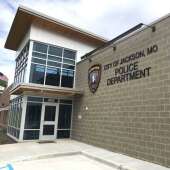
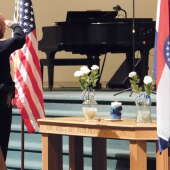



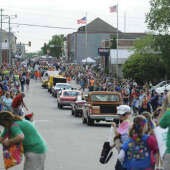
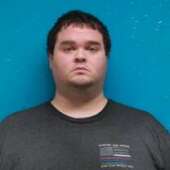

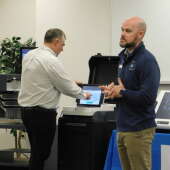

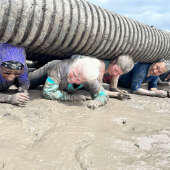
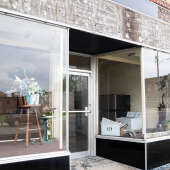

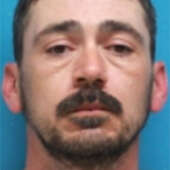


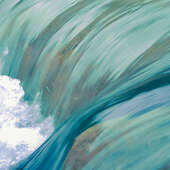
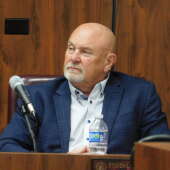
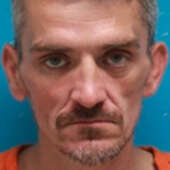
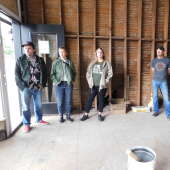

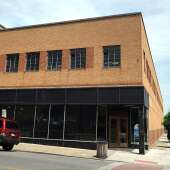
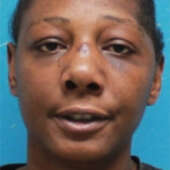
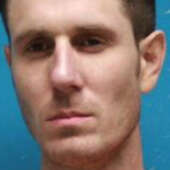
Respond to this story
Posting a comment requires a subscription.